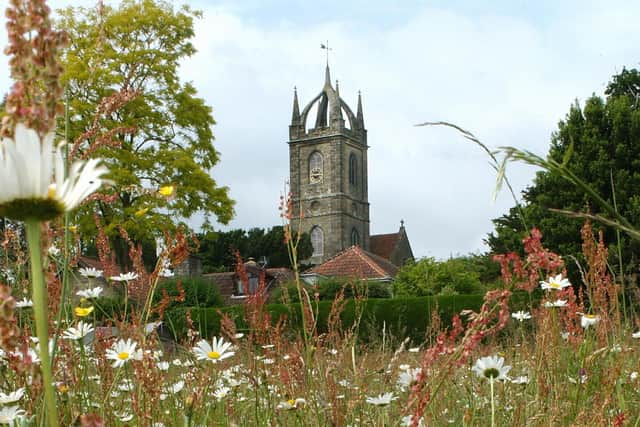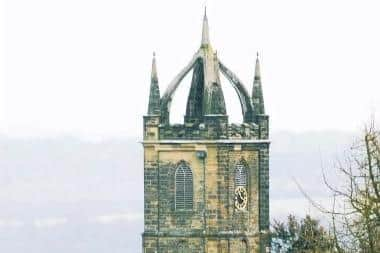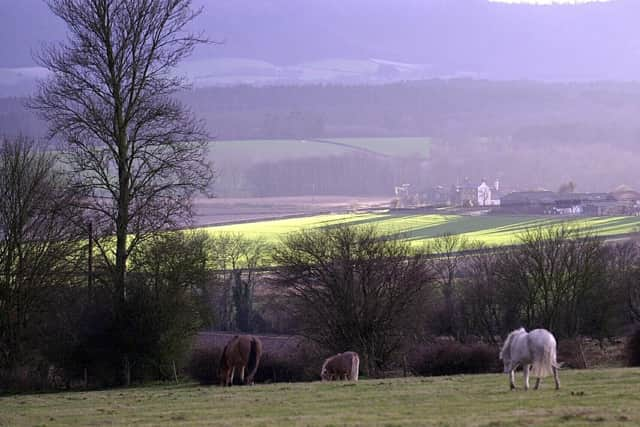Celebrating Britain's most southerly Scots Crown spire, in the Sussex village of Tillington


The village has a burning community spirit and it was this that funded restoration work at the ancient All Hallows Church and brought about the transformation of the village hall.
The church drew villagers together in 2007 for what is likely to be the biggest event of the century, with people banding together for a three-day festival that raised more than £15,000 for local causes.
Advertisement
Hide AdAdvertisement
Hide AdThese celebrations were to commemorate the 200th anniversary of the rare Scots Crown spire on the tower, which was rebuilt by Lord Egremont in l807.


Some years previously, the church bells had hung silent for almost 12 months while £50,000 was raised to repair and restore the famous spire and bell tower.
The three medieval bells were rehung and with the aid of a substantial anonymous donation, the church was able to spend £7,000 on two additional bells.
These were cast in a combination of 77 per cent copper and 23 per cent tin at the John Taylor Bell Foundry at Loughborough - one of only two bell foundries remaining in Britain at the time.
Advertisement
Hide AdAdvertisement
Hide AdThey are inscribed, as tradition demanded, with the name of the rector of the day, the Rev Gerald Evans, and the church wardens.


Rotting timbers supporting the bell frame had to be replaced by steel beams to support the newly-cast trebles. The ropes fell to the first floor ringing chamber and navigated the clock mechanism and walkway, thus creating a somewhat banana-shaped rope circle, similar to that at Chailey.
It was a long job but there was tremendous support and a strong team of volunteers.
Some of the church dates back to 1180, when a stone church was built on the site. Some of it remains in the south aisle and the font dates from the 12th century.
Over the centuries many amendments and changes were made to the building but the ones that are most in evidence now began with Lord Egremont’s the new bell tower with its Scot’s Crown.